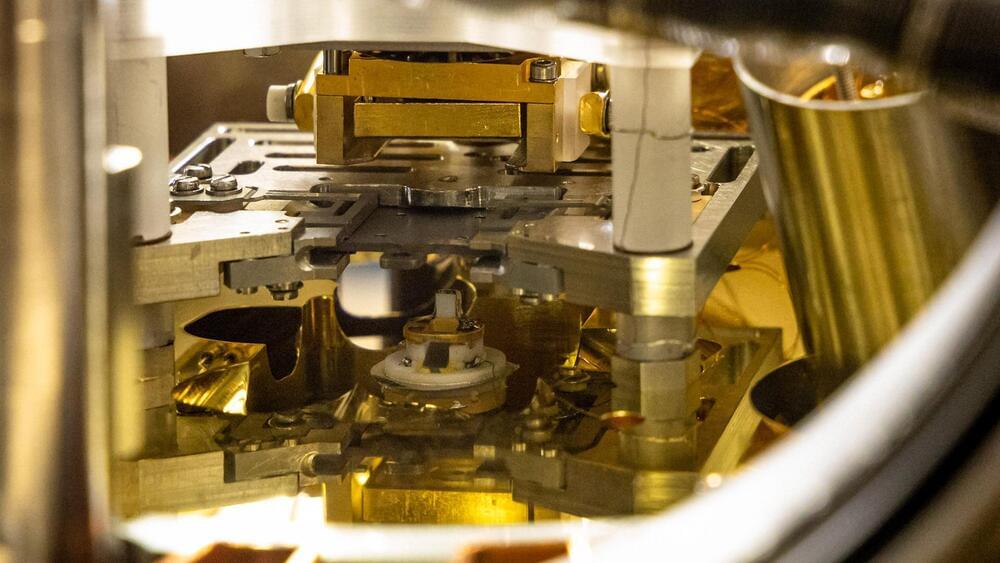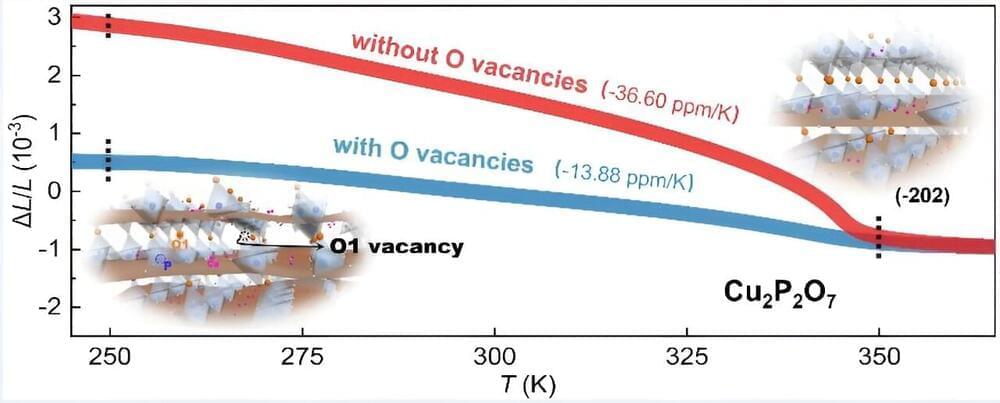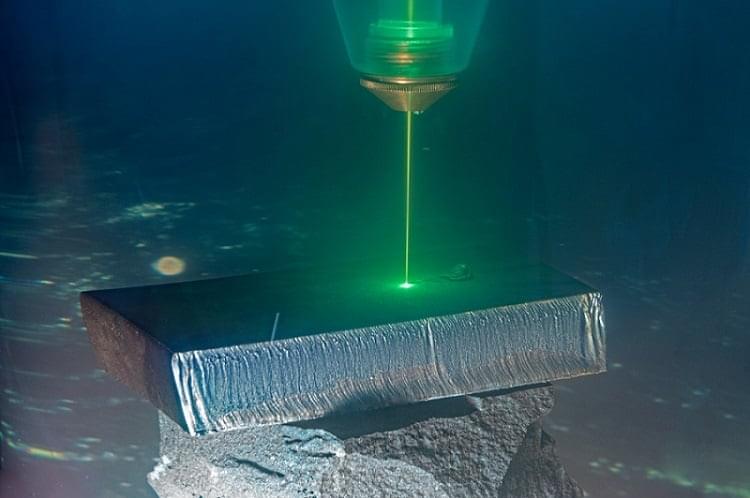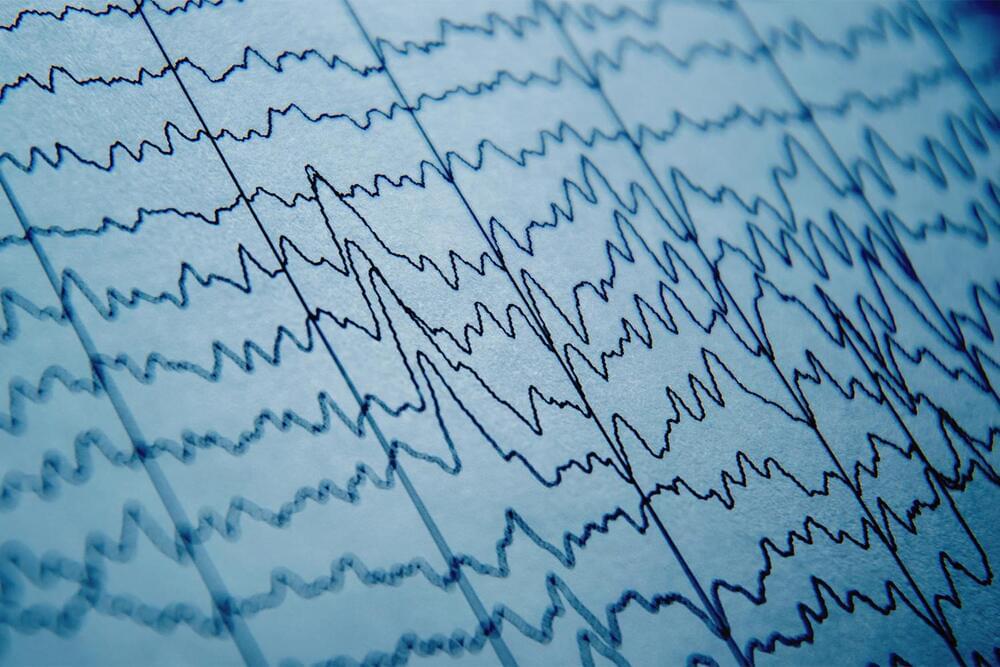A team of scientists with the Department of Energy’s Oak Ridge National Laboratory has investigated the behavior of hafnium oxide, or hafnia, because of its potential for use in novel semiconductor applications.
Materials such as hafnia exhibit ferroelectricity, which means that they are capable of extended data storage even when power is disconnected and that they might be used in the development of new, so-called nonvolatile memory technologies. Innovative nonvolatile memory applications will pave the way for the creation of bigger and faster computer systems by alleviating the heat generated from the continual transfer of data to short-term memory.
The scientists explored whether the atmosphere plays a role in hafnia’s ability to change its internal electric charge arrangement when an external electric field is applied. The goal was to explain the range of unusual phenomena that have been obtained in hafnia research. The team’s findings were recently published in Nature Materials. The title of the paper is “Ferroelectricity in hafnia controlled via surface electrochemical state.”






